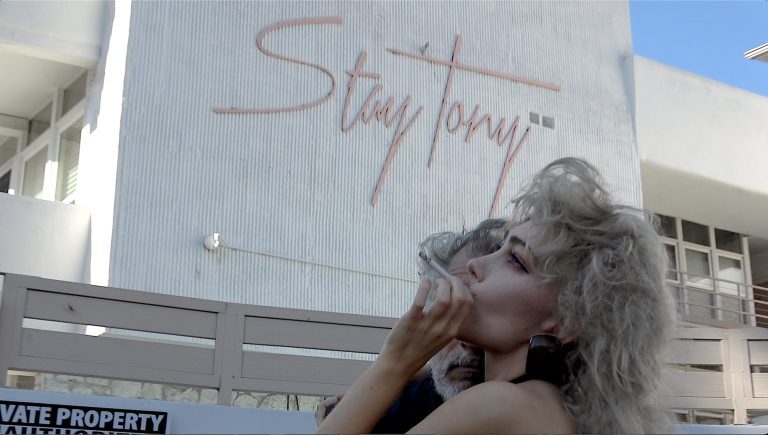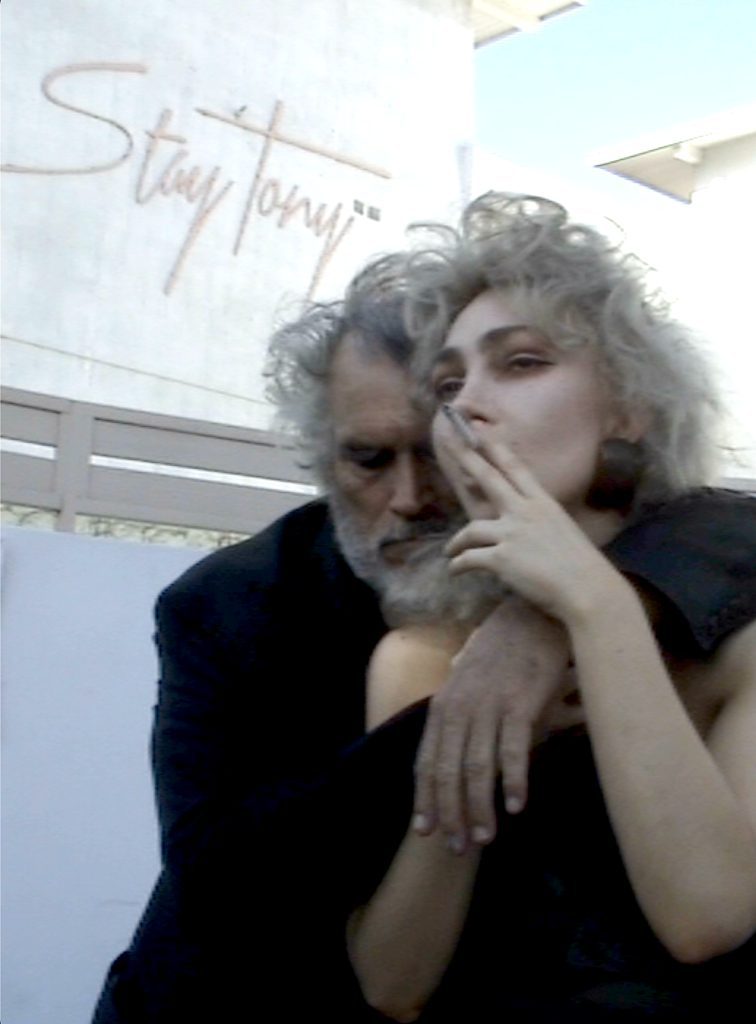
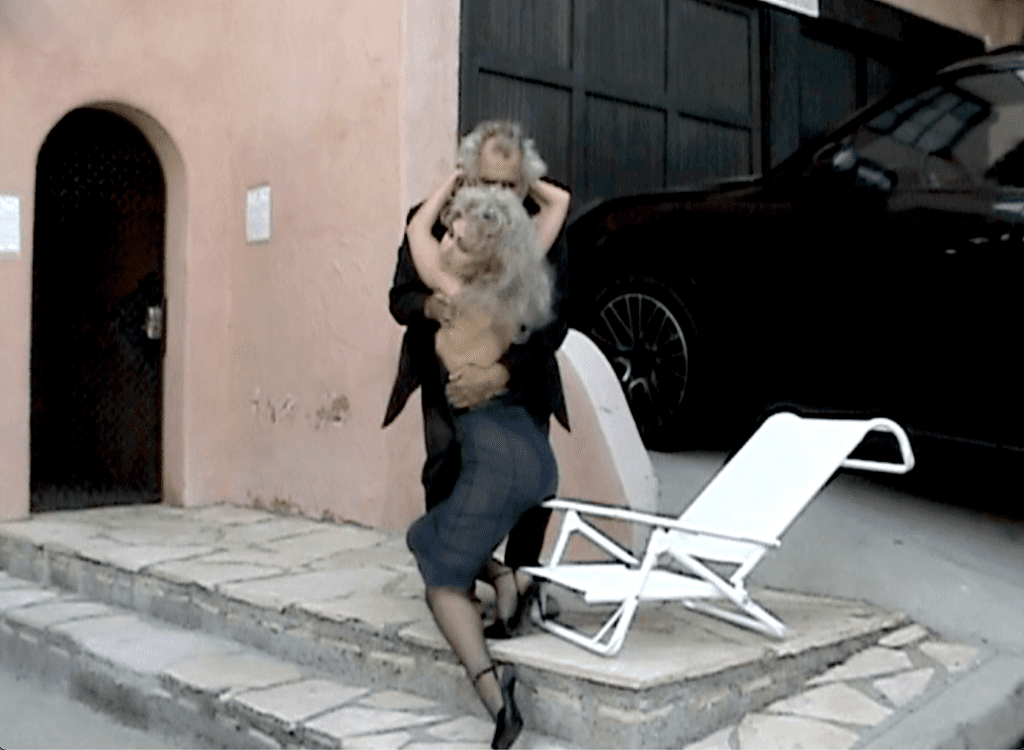
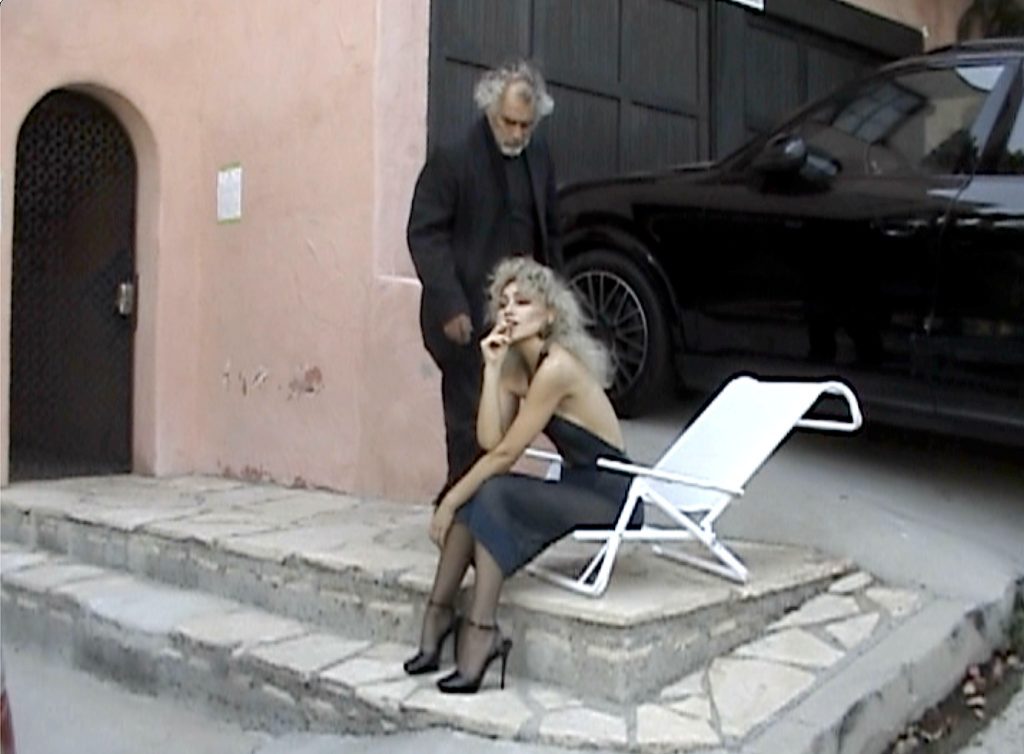
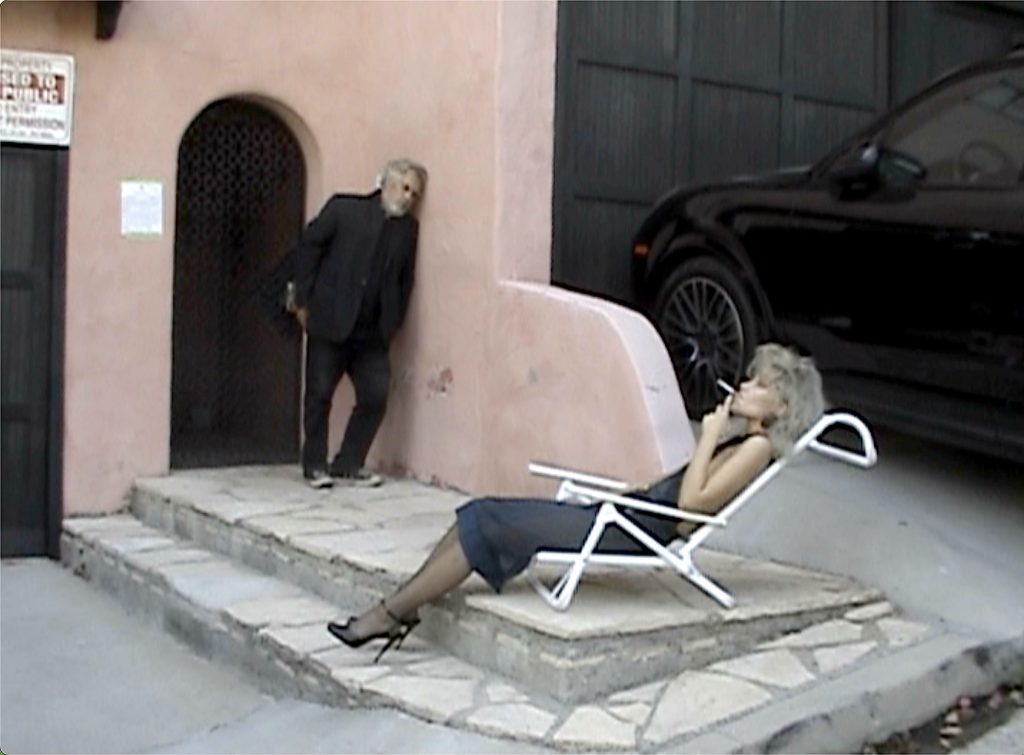
Nadia Lee Cohen is an artist, photographer, and filmmaker whose work is renowned for its bold, surreal, and often cinematic quality. Drawing heavily on the visual language of mid-20th century Americana, film noir, and pop culture, her work is both familiar and otherworldly. When we began working on this feature, photographer Moni Haworth instantly sensed a connection between the magnetism of Cohen’s works and the gritty realism of Charles Bukowski’s poetry. Separated by distinct cultural contexts and generational differences, the pair share a creative synchronicity that resonates across time and space. This feature is not a tribute, but an imaginary conversation between these two distinct yet kindred spirits.
hube: To create a photograph, you freeze a moment and send it to the future. In this sense, you’re playing with time. Do you have any rules for such a game?
Nadia Lee Cohen: Not for the future, but sometimes I wish I did for the past. There are a tonne of photos that I look at and feel like “why the hell did I take that?”—I’d go back in time and refrain from clicking the shutter.
H: In your artistic practice, do you perceive the invisible line between the feeling of freedom and the constraints that shape your work?
NLC: Not really in “artistic” practice; but I don’t often have the luxury of just making “art” unless it’s for a book or a gallery show. There is usually someone else’s personality or fame involved which can be restricting. It doesn’t necessarily mean I don’t enjoy the restrictions, as I like problem solving and figuring out ways to push a concept without getting someone cancelled. This is always a risk though, there’s a lot of images that will never see the light of day because afterwards “the team” deems them too dangerous for the artist’s career. Maybe when I’m on my deathbed I’ll post them all on Instagram.
h: Provocation in art is one way of expanding aesthetic boundaries and changing social norms. How would you like to see society change in the future?
NLC: Funnier. Society is tragedy and tragedy can be comedy so it would be great if we got to a point where everyone took everything a little less seriously. I’d also like to bring back indoor smoking because there’s something cosy about it.
h: Poetic talent isn’t always expressed through poetry; we often speak of poetic imagery, landscapes, and forms. What is your relationship with poetry?
NLC: It’s somehow hard to be English and admit to liking poetry; I would have been punched at school. Now that I’m old enough and live in America I can finally admit to liking it, but I don’t mean flowery stuff. I like Bukowski, Oscar Wilde, Spike Milligan, Mark Twain, Allen Ginsberg, Delmore Schwartz, anything a bit gutsy, and it kind of ends there. Music is poetry to me, and images maybe even more so. Images can be poetic in the sense that they are a way of communicating something without actually having to use any words, and the beauty of that is that even if it’s misinterpreted you can hide behind the ambiguity and pretend it was about something entirely different.
h: Your works always contain an idea or a narrative. Are aesthetics alone enough for art?
NLC: ‘Aesthetics alone’ are everything in art. The way it looks should scream the artist’s idea or narrative, but it should never explicitly tell you what that is, you should have to work it out; that’s the difference between good art and shit art.
